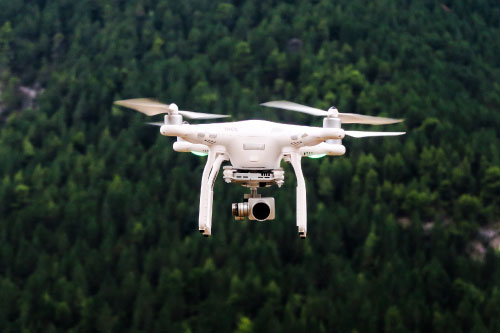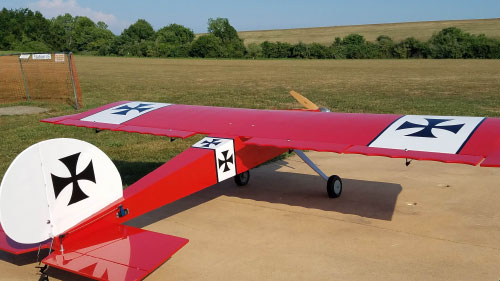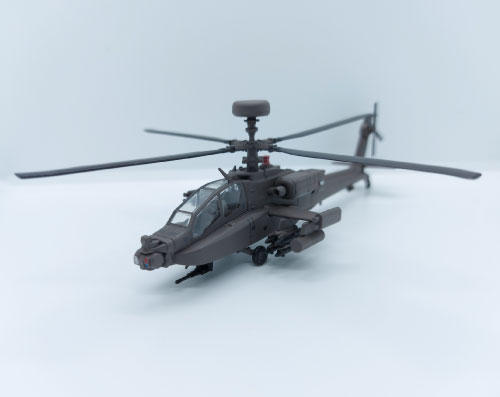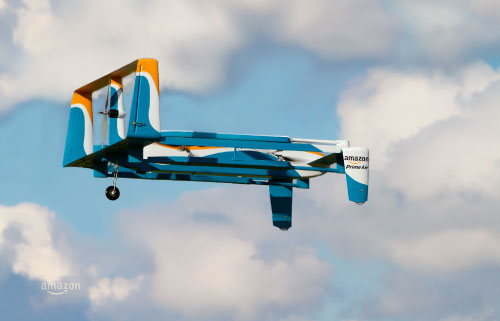A lesson on Drones
Drones are very popular in today’s world. Although most of us recognize them chiefly for taking selfies, there are a lot of other applications besides photography. Also known as Unmanned Aerial Vehicles (UAV), drones have landed in almost every home as kids’ toys or some form of overhead photography tool. You should also know that drones come in types too: each and every type having its ideal use case. In agriculture drones are used to spray pesticide on crops and harvesting fruit. When it comes to law enforcement, they are used for traffic monitoring and in search and rescue missions. Film making also benefits from the use of drones mounted with cameras to create unique viewing experiences in movies. Not only that, journalism has also benefitted from this wonderful piece of machinery. Services such as Amazon Prime Air are also employing drones to deliver retail packages to customers. They can be classified into types as follows:
Multi-Rotor DronesThey are the cheapest option with the quadcopter (4 rotors) being the most popular. Multi-rotor drones are easy to operate and ideal for photography as have great control over position and framing. They can only be battery operated and current battery technology allows them to be airborne for 20-30 minutes when equipped with a light payload such as a camera.
Fixed wing drones are a bit pricey and difficult to operate in comparison to Multi-rotor drones. They consist of a wing (similar to that found on an airplane) that generates lift. A runway is required to launch them into the air and land it back on the ground. The alternative is to use a net to catch it upon landing. Fixed wing drones can cover more distances and are ideal for aerial mapping. However, because they cannot hover in one spot they are not suitable for aerial photography purposes. Their ability to operate with a gas engine enables them to operate for close to 16 hours flight time.
Single rotor drones are similar to helicopters. They have greater efficiency compared to Multi-rotor. A popular use case is when you need to hover over a specific area with a heavy payload or need a mix of long endurance hovering and fast-forward flight. They are however hard to maintain because they consist of a lot of moving parts.
This type can vertically takeoff and land removing the need for a runway. The technology is still being perfected with different versions currently under development.
The future of UAVs is very promising as their use is extending into nighttime display advertising using lighted drones. Innovations are under way to construct large drones to carry cargo and passengers from point to point.




No Comments
Be the first to comment
Please Login to comment.
Please Login to comment. Dont have an Account? Register here.